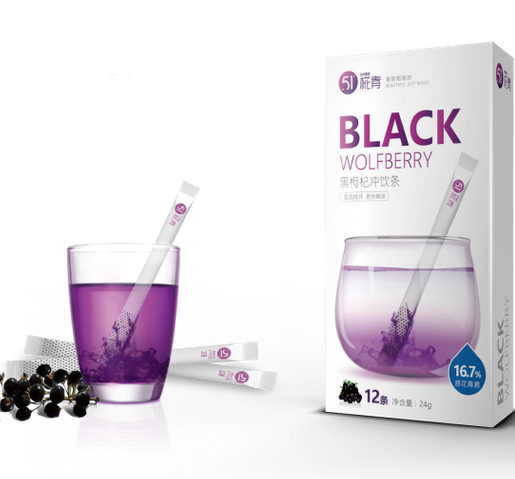Ginkgo's Four Breeding Methods
In the production of nursery stocks, there are many ways to raise the seedlings of Ginkgo biloba, and different breeding methods should be used according to different production scales and seedling uses.
Cutting propagation The cutting propagation can be divided into old branch cuttings and tender branch cuttings. The old branch cuttings are suitable for the breeding of large-scale greening seedlings, and the tender cuttings are suitable for the breeding of a small number of seedlings for family or gardening units. The old branch cuttings are generally in spring from March to April, and harvesting the spikes from the finished nursery or selecting the high quality shoots from 1 year to 2 years old on the big tree, cut into 15 centimeters to 20 centimeters long cuttings and cutting The cut is smooth and round, and the lower cut is cut into a horse shape. After cutting, each bundle of 50 pieces is tied into a bundle, rinsed with clean water, and then soaked in 100-ppm ABT rooting powder for 1 hour. The cuttings are placed in the fine yellow sand or loose soil of the seedbed. Put enough water in the cuttings to keep the soil moist and take root after about 40 days. Normal management after survival, the second spring can be transplanted. Twig cutting is from the late May to the middle of June, cutting cuttings that have not been lignified around the roots of the ginkgo (or about 2 cm in length, leaving 2 leaves) around the roots or on the branches. Light, change the water every 3 days or so, until the callus grows, can be transplanted in the yellow sand or seedbed soil, but in the sunny before and after noon shading, leaves to spray 2 or 3 times, to be survived After entering normal management.
The propagation of ramets for propagation of ramets is generally used for cultivating rootstocks and greening seedlings. Ginkgo biloba sprouts easily, especially in 10 to 20 years. In the spring, it is possible to use the tiller to propagate the ramets by removing the soil around the rhizosphere, cutting the turf strips with fibrous roots from the mother plant with a knife, and planting them separately. The sprouting of female plants can lead to early age.
Grafting and breeding Grafting is mostly used in fruit industry production. Green twig grafting can be carried out from late May to early August, but it cannot be grafted under high temperature and dry weather conditions, especially at noon on sunny days, and it is also necessary to avoid grafting on rainy days. The specific method is to firstly collect the vigorously growing perennial shoots from the parent strains of Ginkgo biloba, cut off one leaf from the scion, and leave only the petiole, cut every two to three shoots, then immerse the lower end of the scion in water or wrap it in a wet cloth. Among them, it is best to pick and choose. It is possible to select grafted rootstocks from 2 to 3 years old seedlings and cuttings. For early fruit dense planting, the contact should be about 1 meter. Generally, splicing and cutting are used to cut the cuttings inwards, insert the cuts of the rootstocks, match the two, form layer alignments, and bind the interfaces with plastic film tapes. The results will begin 5 to 8 years after grafting.
Seeding, propagation, sowing and reproduction are mostly used for large-scale greening seedlings or making plexiform bonsai. After the seeds are harvested in the fall, the outer seed coat is removed and the seed with the peel is dried and then sowed in winter or in the spring of the following year. If spring sowing, it must first be mixed with sand to accumulate germination. When sowing, the seed germs are placed horizontally in the sowing ditch. After sowing, the cover soil is 3 cm to 4 cm thick and compacted. The seedlings can grow to 15 cm to 25 cm in height. After falling leaves in autumn, it can be transplanted. However, it should be noted that the nursery should choose a well-drained lot to prevent the accumulation of water and rot the seedlings near the ground.
Health care or healthcare is the maintenance or improvement of health via the prevention, diagnosis, and treatment of disease, illness, injury, and other physical and mental impairments in human beings. Healthcare is delivered by health professionals (providers or practitioners) in allied health fields. Physicians and physician associates are a part of these health professionals. Dentistry, midwifery, nursing, medicine, optometry, audiology, pharmacy, psychology, occupational therapy, physical therapy and other health professions are all part of healthcare. It includes work done in providing primary care, secondary care, and tertiary care, as well as in public health.

Dried Red Goji Berries,Lycium Barbarum Shrub,Purple Dry Berries,Superfood Goji Berries
Jiangxi Institute of Biological Products Inc. , https://www.jxinstitute.com